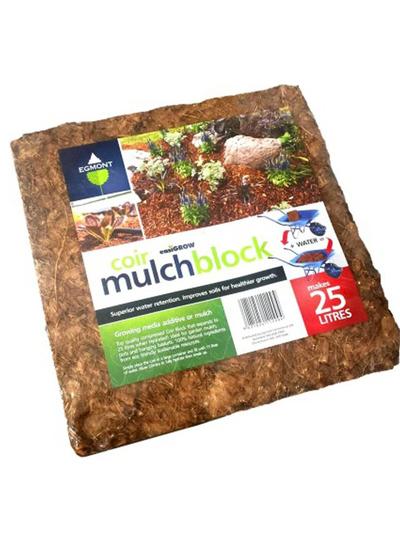
Citrus trees are a must-have in any Kiwi Garden, offering an array of flavours and benefits. Easy to care for and evergreen, they provide delicious fruit for your culinary needs and make a beautiful, fragrant addition to your outdoor space. With proper care, citrus trees will thrive and reward you with bountiful crops season after season.
Prepare Soil
Garden: Citrus trees prefer well-draining soil enriched with compost. If you have clay soil, mix in sand for better drainage. Ensure the planting site receives full sun and is sheltered from strong winds.
Pots: Use a well-draining, rich potting mix such as ‘Oderings Shrub & Tub Mix.’ Ensure the pot has drainage holes to prevent waterlogging and root rot.
Feed
Garden: Citrus trees are heavy feeders. Use a granular fertiliser like ‘Oderings Citrus & Fruit Tree Fertiliser’ twice a year (spring and autumn). Use ‘Yates Thrive Citrus Liquid Plant Food’ during the fruiting season every two weeks.
Pots: Fertilise with ‘Oderings Total Replenish’ or ‘Tui Citrus Food.’ Apply twice a year with a granular fertiliser and during the fruiting season with liquid feed.
Watering & Mulching
Citrus require regular watering, especially when establishing or when fruiting. Water deeply and frequently, especially during dry, hot periods. Apply a layer of mulch, like ‘Tui Mulch & Feed’ or sphagnum moss, to retain moisture and protect the surface roots.
Protection
Citrus trees are frost sensitive. To protect young trees during the colder months, use frost cloth or Mikroclima. Apply a double layer for maximum protection. To protect against pests and diseases, follow a seasonal spraying schedule: spray with oil in June, copper in August, and oil again in October.
Harvest
Most citrus is ready to harvest in winter (generally, the exception is oranges). Cold autumn weather produces colour changes in the fruit, but that doesn't mean they are ready to harvest. Citrus fruit does not ripen after being picked, so check regularly for maturity. Fruit changes slowly over time from immature to mature. Harvest when the fruit reaches full colour and flavour. Taste is the best indicator of readiness. If your fruit is dropping off the trees, or the flesh is very dry and lacking juice, generally increasing your watering will remedy these problems.
Pests
In late autumn and early winter, ensure you pick up any leaf litter or fallen or dead fruit. Insects or pests may overwinter in the leaf litter, which can re-infest the tree next season. Apply an organic spraying oil to control insects like mites, scale, aphids, and mealy bugs in January and May, and check for any potential bugs again in September. A copper spray may be needed if your tree develops any fungus problems like sooty mould (caused by sucking insects) or citrus scab. This should be done in January and July through September as needed.
Pruning
Do not prune your tree before or during spring. The best time to prune is in January when you only prune to shape the tree. Open up the tree by removing the inner branches. You want to aim for an open, airy tree, which a bird could comfortably move through.
Garden Expert Tip
Remove flowers and fruit from young citrus plants in the first few years to encourage healthy growth. This will allow the tree to develop strong roots and foliage. By year three, you can start letting your tree fruit normally for a bigger and better crop in subsequent years.














